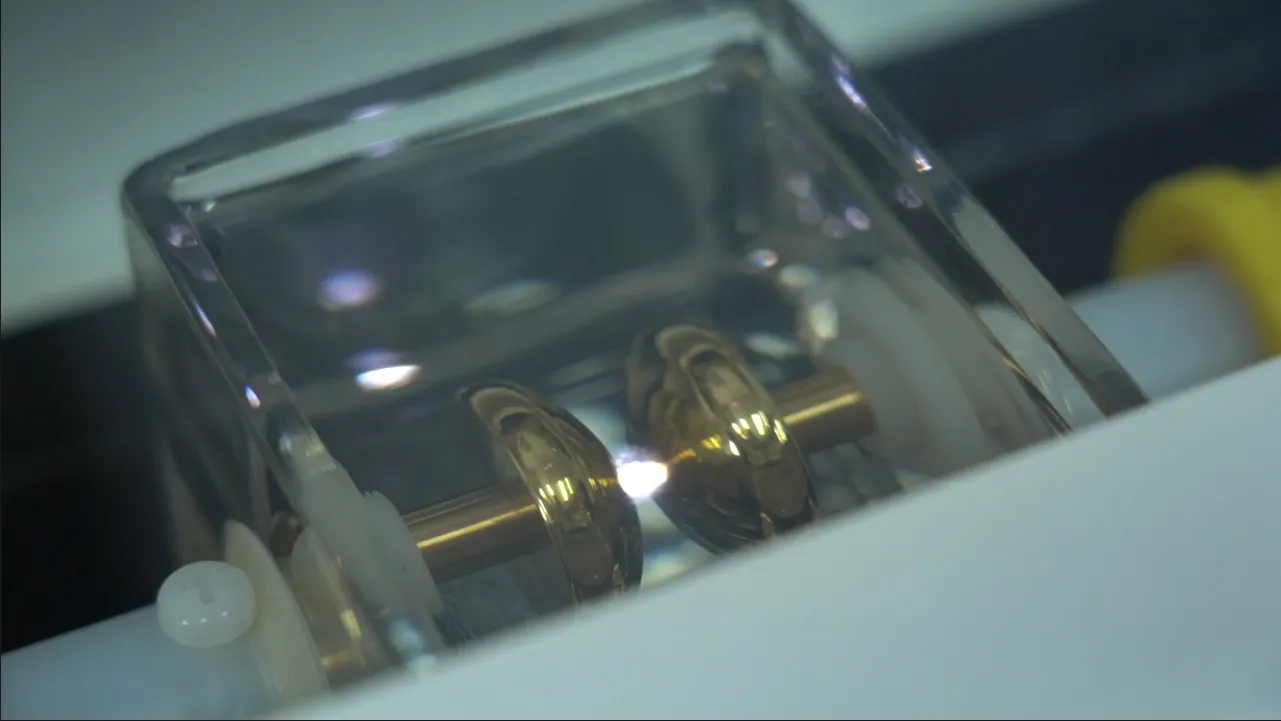 English
English



-
 Afrikaans
Afrikaans -
 Albanian
Albanian -
 Amharic
Amharic -
 Arabic
Arabic -
 Armenian
Armenian -
 Azerbaijani
Azerbaijani -
 Basque
Basque -
 Belarusian
Belarusian -
 Bengali
Bengali -
 Bosnian
Bosnian -
 Bulgarian
Bulgarian -
 Catalan
Catalan -
 Cebuano
Cebuano -
 China
China -
 China (Taiwan)
China (Taiwan) -
 Corsican
Corsican -
 Croatian
Croatian -
 Czech
Czech -
 Danish
Danish -
 Dutch
Dutch -
 English
English -
 Esperanto
Esperanto -
 Estonian
Estonian -
 Finnish
Finnish -
 French
French -
 Frisian
Frisian -
 Galician
Galician -
 Georgian
Georgian -
 German
German -
 Greek
Greek -
 Gujarati
Gujarati -
 Haitian Creole
Haitian Creole -
 hausa
hausa -
 hawaiian
hawaiian -
 Hebrew
Hebrew -
 Hindi
Hindi -
 Miao
Miao -
 Hungarian
Hungarian -
 Icelandic
Icelandic -
 igbo
igbo -
 Indonesian
Indonesian -
 irish
irish -
 Italian
Italian -
 Japanese
Japanese -
 Javanese
Javanese -
 Kannada
Kannada -
 kazakh
kazakh -
 Khmer
Khmer -
 Rwandese
Rwandese -
 Korean
Korean -
 Kurdish
Kurdish -
 Kyrgyz
Kyrgyz -
 Lao
Lao -
 Latin
Latin -
 Latvian
Latvian -
 Lithuanian
Lithuanian -
 Luxembourgish
Luxembourgish -
 Macedonian
Macedonian -
 Malgashi
Malgashi -
 Malay
Malay -
 Malayalam
Malayalam -
 Maltese
Maltese -
 Maori
Maori -
 Marathi
Marathi -
 Mongolian
Mongolian -
 Myanmar
Myanmar -
 Nepali
Nepali -
 Norwegian
Norwegian -
 Norwegian
Norwegian -
 Occitan
Occitan -
 Pashto
Pashto -
 Persian
Persian -
 Polish
Polish -
 Portuguese
Portuguese -
 Punjabi
Punjabi -
 Romanian
Romanian -
 Russian
Russian -
 Samoan
Samoan -
 Scottish Gaelic
Scottish Gaelic -
 Serbian
Serbian -
 Sesotho
Sesotho -
 Shona
Shona -
 Sindhi
Sindhi -
 Sinhala
Sinhala -
 Slovak
Slovak -
 Slovenian
Slovenian -
 Somali
Somali -
 Spanish
Spanish -
 Sundanese
Sundanese -
 Swahili
Swahili -
 Swedish
Swedish -
 Tagalog
Tagalog -
 Tajik
Tajik -
 Tamil
Tamil -
 Tatar
Tatar -
 Telugu
Telugu -
 Thai
Thai -
 Turkish
Turkish -
 Turkmen
Turkmen -
 Ukrainian
Ukrainian -
 Urdu
Urdu -
 Uighur
Uighur -
 Uzbek
Uzbek -
 Vietnamese
Vietnamese -
 Welsh
Welsh -
 Bantu
Bantu -
 Yiddish
Yiddish -
 Yoruba
Yoruba -
 Zulu
Zulu
Laboratory Applications and Innovations in Distillation Units for Chemical Separation
Understanding the Distillation Unit in Laboratory Settings
Distillation is a widely used separation technique in laboratories, essential for purifying liquids and separating components based on differences in their boiling points. A distillation unit serves as the core apparatus in these processes, allowing chemists and researchers to conduct efficient and precise distillations. This article delves into the functioning, types, and applications of distillation units in laboratory environments.
Components of a Distillation Unit
A standard distillation unit typically includes several key components the distillation flask, heat source, condenser, receiving flask, and thermoregulator. The distillation flask is where the mixture to be separated is heated. A heat source, which may be electrical or a Bunsen burner, gradually elevates the temperature of the liquid in the distillation flask.
As the mixture is heated, the component with the lowest boiling point vaporizes. This vapor travels through the condenser, where it cools and condenses back into liquid form. The cooled liquid then drips into the receiving flask, where it is collected. Throughout the distillation process, a thermoregulator may be used to monitor and maintain the temperature, ensuring that the desired component vaporizes at the right time.
Types of Distillation
In a laboratory, several types of distillation can be employed depending on the nature of the mixture and the separation requirements
1. Simple Distillation This method is ideal for separating substances with significantly different boiling points (generally more than 25 degrees Celsius apart). It is commonly used for purifying solvents or for removing impurities from liquids.
2. Fractional Distillation When dealing with mixtures where components have closer boiling points, fractional distillation is more effective. This process utilizes a fractionating column, allowing for multiple vaporization and condensation cycles, which enhances separation efficiency.
3. Vacuum Distillation This variation is employed when dealing with heat-sensitive compounds or those with very high boiling points. By reducing the pressure in the distillation unit, the boiling points of the components decrease, preventing thermal decomposition.
distillation unit in laboratory

Applications in Laboratories
Distillation units are indispensable in various laboratory applications across different fields
- Chemical Research In chemistry, distillation is used to purify solvents, separate reaction by-products, and characterize compounds based on their boiling points. It’s also crucial in synthesizing high-purity chemicals.
- Pharmaceuticals The pharmaceutical industry relies on distillation for the purification and formulation of drugs, ensuring that active ingredients are free from contaminants.
- Environmental Testing Distillation is employed in environmental laboratories to analyze samples for pollutants. It can help isolate specific compounds from water or soil samples for further study.
- Food and Beverage Industry Distillation is used in the production of spirits and essential oils, as well as in analyzing food samples to detect volatile substances.
Conclusion
The distillation unit is a vital piece of equipment in any laboratory setting, enabling researchers to achieve precise separations and purifications. Understanding the intricacies of distillation, its various methods, and its multitude of applications enhances its effective utilization. As technology advances, these units continue to evolve, incorporating more sophisticated controls and measurement techniques, ultimately leading to more efficient and accurate distillation processes in laboratories worldwide.
-
Testing Equipment Industry Sees Major Advancements in 2025: Smart & Precision Technologies Lead the WayNewsJun.06,2025
-
Applications of Direct Current Generators in Renewable Energy SystemsNewsJun.05,2025
-
Hipot Tester Calibration and Accuracy GuidelinesNewsJun.05,2025
-
Digital Circuit Breaker Analyzer Features and BenefitsNewsJun.05,2025
-
Benefits of Real-Time Power Quality Monitoring Devices for Industrial EfficiencyNewsJun.05,2025
-
Earth Fault Loop Testing in High-Rise Building Electrical SystemsNewsJun.05,2025



